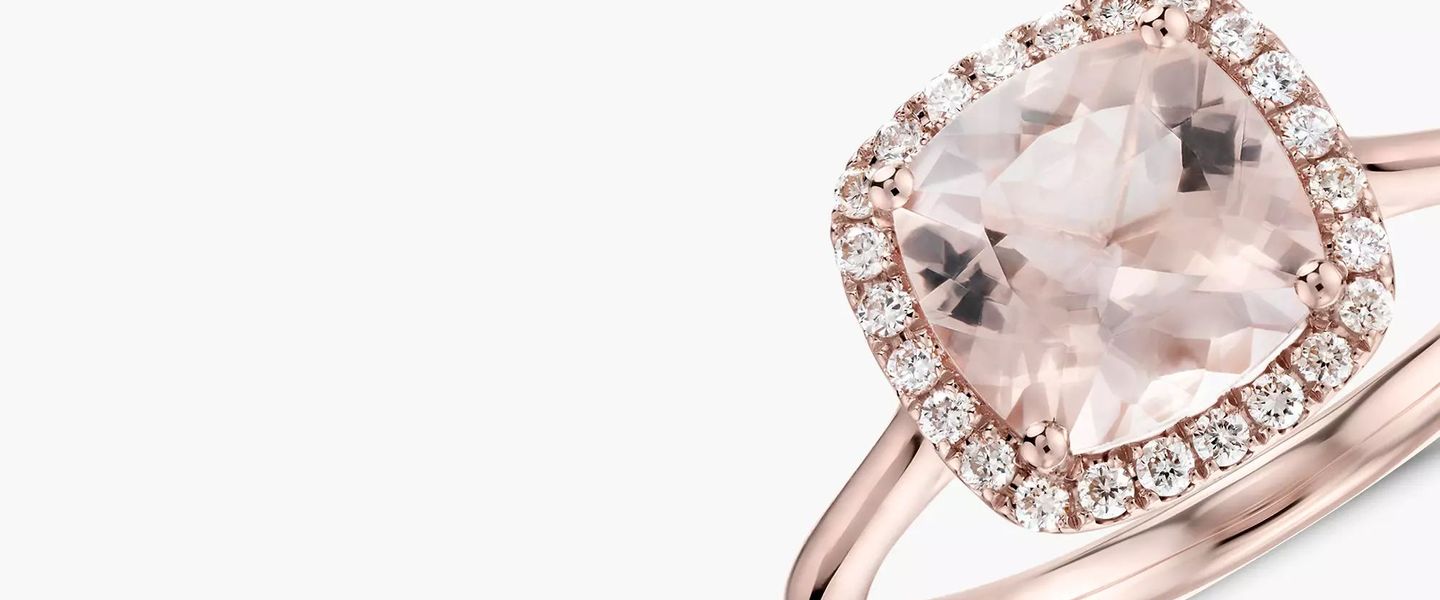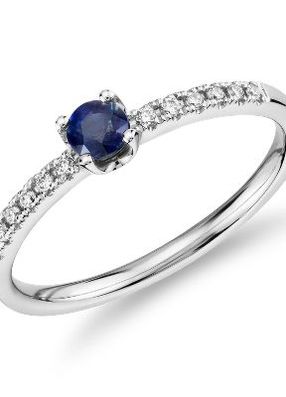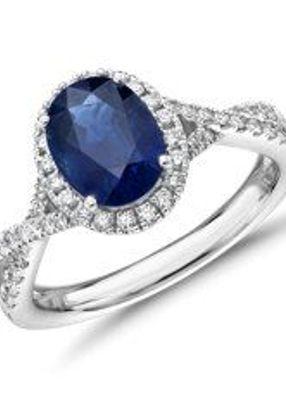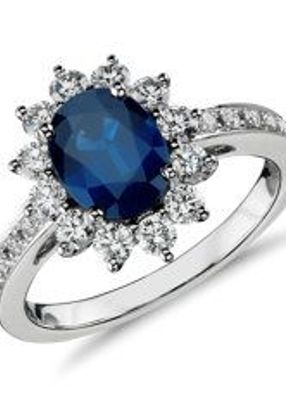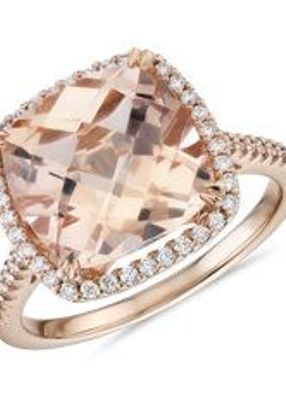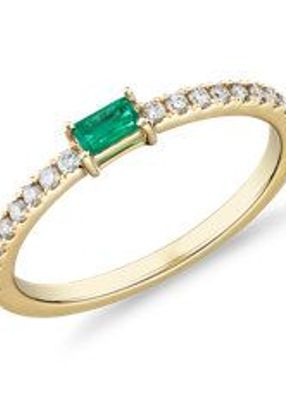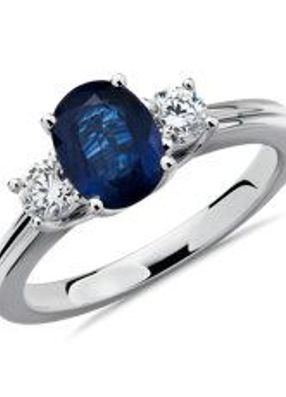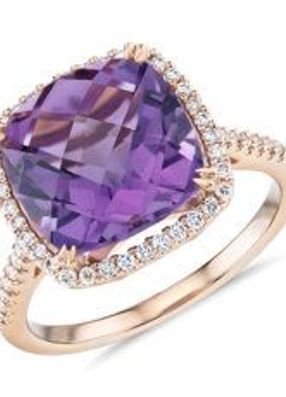Terms and conditions
Choosing a Gemstone for Your Engagement Ring
Regardless of the type or size of the gemstone in your engagement ring, important qualities to look for include:
COLOR
The color of a gemstone is its most defining and memorable feature—and for many, it’s the most important factor in choosing a gem. In general, the more saturated a gemstone, the more valuable it is. But for most people, buying gemstones isn’t about picking the most “valuable,” but rather choosing a gemstone in a color they really, really love.
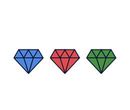
CLARITY
Gemstone clarity depends on how many inclusions are present. These little flaws include gas bubbles, minerals, and liquid that gets stuck in the gemstone when it’s formed. In general, “eye-clean” gemstones are the most desirable, but in many cases, inclusions add to the unique appearance of the gemstone and make it more special to its wearer.
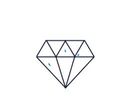
CUT
A skillful gemstone cut is crucial for proportion and symmetry. Gems are faceted in a way that best highlights their special features, like their color, clarity, or brilliance. Gemstone cuts vary in the number and size of facets carved into the surface. Different cuts bring out different aspects of the stone, such as its color and brilliance.

Shop Popular Gemstone Engagement Rings
Which Gemstone is Best for an Engagement Ring?
The most significant factor in choosing a gemstone for your engagement ring is how its beauty strikes you. Rest assured that no matter which gem ends up in the setting, all of our high-quality gemstone engagement rings are handcrafted for maximum sparkle and strength.
BLUE SAPPHIRE ENGAGEMENT RINGS
Blue sapphire is favored in engagement rings for its brilliant saturation. With a Mohs rating of 9, sapphires are one of the hardest gemstones and a popular choice for jewelry that will see daily wear. Blue sapphires are dazzling in step cuts and have been said to foster honesty and loyalty.
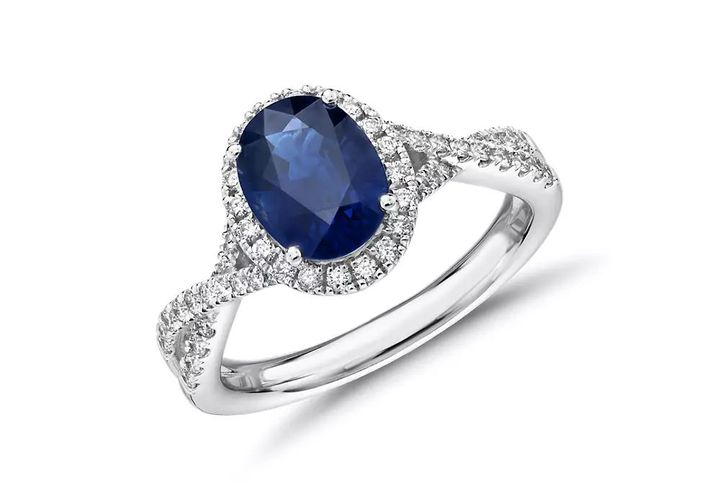
PINK SAPPHIRE ENGAGEMENT RINGS
The pink sapphire is reminiscent of summer sunsets and looks gorgeous against white gold. These prized pink gems are rarer than their blue counterpart—the most valuable shades are vivid hot pinks. Pink sapphires are a symbol of love and good fortune—a fitting stone for an engagement ring.
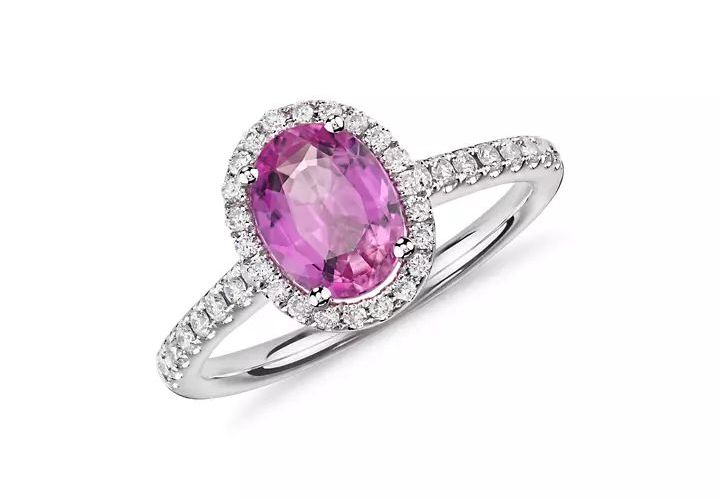
EMERALD ENGAGEMENT RINGS
Emeralds are characterized by an intense, green hue. This verdant gemstone facets exquisitely and is a favorite for its namesake, the emerald cut, which accentuates its color. Emeralds often have inclusions that have the appearance of moss, creating a garden of delights inside that will grow truth and happiness and truth in your marriage. Emeralds rate a 7.5 to 8 on the Mohs scale, making them fairly durable, but you’ll want to wear it with care to avoid chipping and scratches.
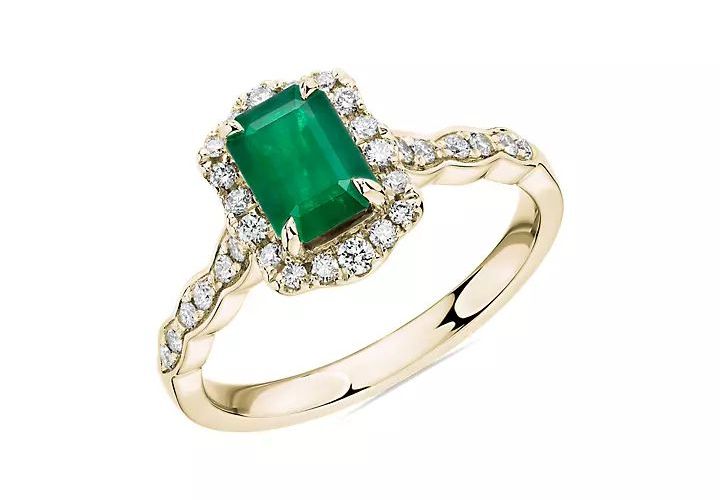
RUBY ENGAGEMENT RINGS
Ruby is the color of passion and romance—a symbol of your commitment to keeping the fire alive. Rubies with the most vibrant red saturation fetch the highest price per carat of all the gemstones. Rubies have a hardness rating of 9, so you don’t need to hold back too much while you’re wearing it. Set it in yellow gold for a look as bold as you are.
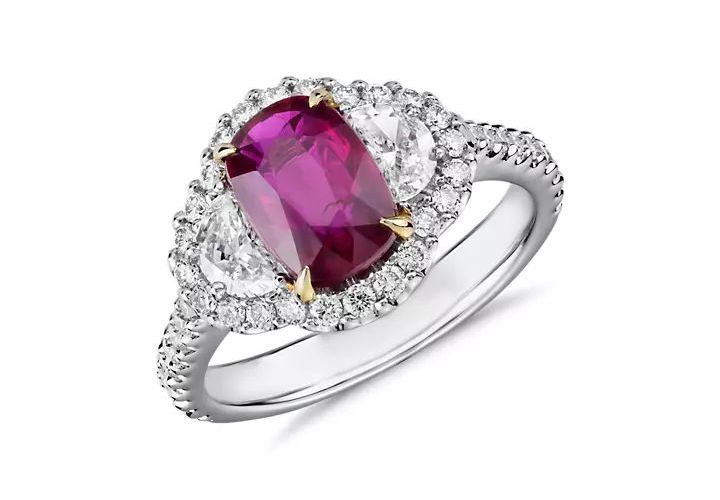
AMETHYST ENGAGEMENT RINGS
Saint Valentine, the patron saint of lovers, wore an amethyst ring carved into the likeness of Cupid. Carry your valentine with you always with an amethyst engagement ring, which you can find in shades from pale lilac to richly saturated purple. This show-stopping gem is eye-clean and pairs wonderfully with a blushing rose gold band. A hardness rating of 7 means amethyst engagement rings are durable enough to wear daily with care.
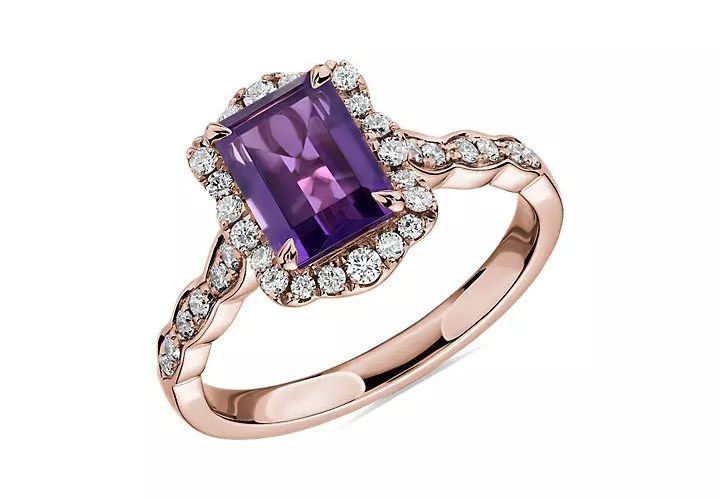
TOPAZ ENGAGEMENT RINGS
Topaz comes in a rainbow of colors, so it’s easy to find this gemstone in a hue you love. London blue topaz is the most popular color and represents a peaceful partnership. Topaz is generally free of inclusions and has uniform coloring, making it a stellar choice for any shape and any ring style. Topaz rates an 8 on the Mohs scale and is well-suited for everyday wear.
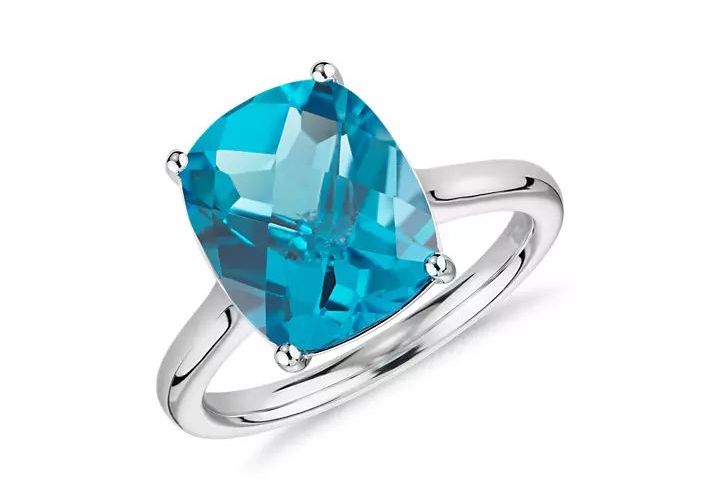
AQUAMARINE ENGAGEMENT RINGS
Aquamarine symbolizes tranquility and protection in marriage. Icy blues and lush teals are signatures of this eye-clean gemstone, and a hardness of 7.5 to 8 makes aquamarine a fine choice for an engagement ring if you wear it with care. A cushion-cut aquamarine engagement ring with a halo of diamonds showcases the color and clarity of this gemstone beautifully.
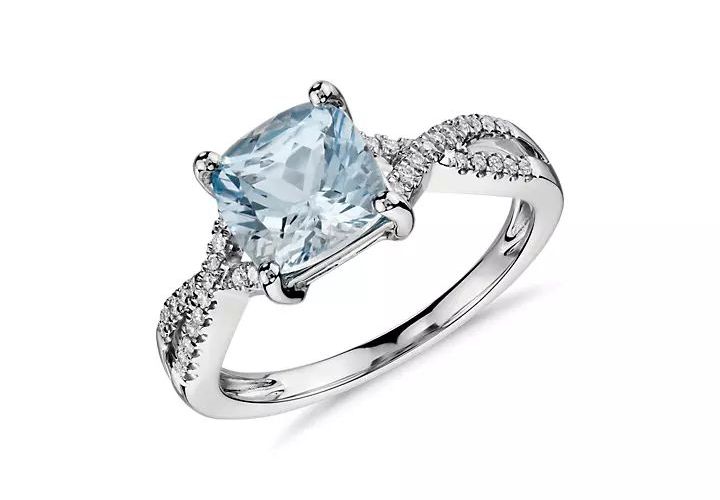
MORGANITE ENGAGEMENT RINGS
Morganite is the gemstone of enduring love. These peachy-pink to deep pink gems are generally eye-clean and take well to faceting—and with these beauties, more facets mean more rosy-hued sparkle. Morganite is an 8 on the Mohs scale, making it a durable gemstone worthy of engagement rings. Cushion-cut morganite pairs elegantly with diamonds in an infinity ring—a breathtaking tribute to your happily-ever-after.
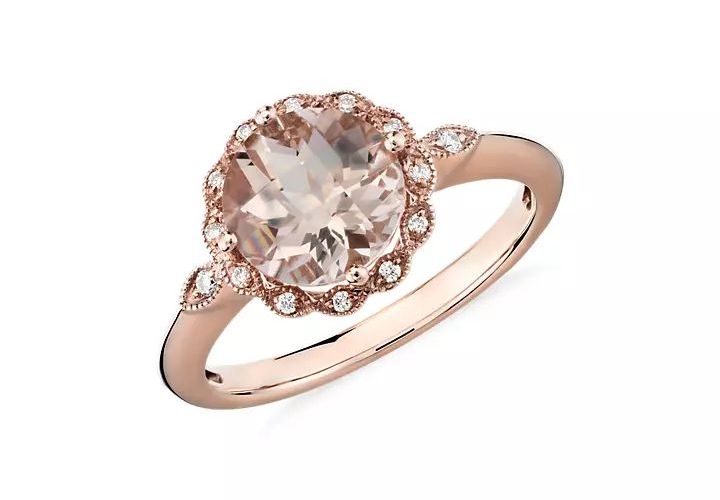
OPAL ENGAGEMENT RINGS
The otherworldly opal is known for its spectral iridescence. These gems favor cabochon or domed cuts that highlight the opal’s natural color-play. Opals are the gemstone of good fortune, and they bring luck to lovers. They’re a softer gem, with a Mohs rating of just 5 to 6.5. They’re highly susceptible to scratching and other damage, and we don’t recommend opal engagement rings unless your lifestyle fits the type of wear it requires.
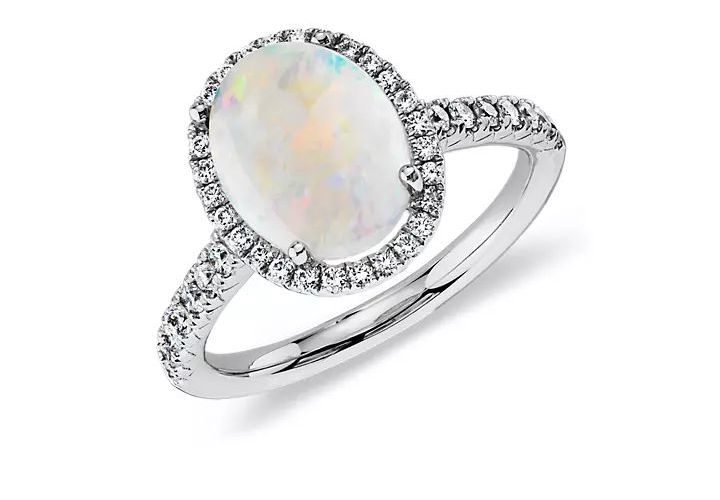
TANZANITE ENGAGEMENT RINGS
Luscious, violet-blue tanzanite is rarer than a diamond, and it has a soothing presence in relationships. A Mohs rating of 6 to 7 makes this gem adequate for engagement rings, but wear it carefully. Tanzanite looks spectacular in many shapes, but especially cushion or oval. Tanzanite is commonly found in gorgeous, paler shades of violet, but deeply saturated tanzanite is the most valuable.
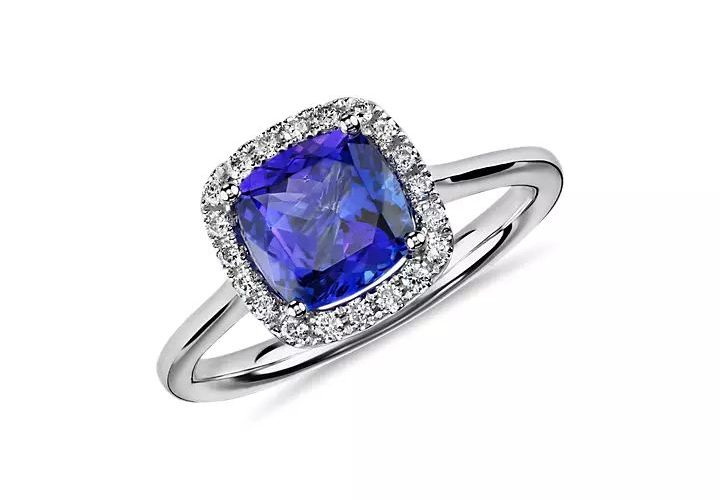
MOONSTONE ENGAGEMENT RINGS
Moonstone is a popular choice for engagement rings due to the way light billows across its surface, an ethereal, otherworldly effect that makes it hard to pull your eyes away. Fine moonstone has a bewitching blue glow, and a cabochon cut beautifully captures this colorful phenomenon. This extraordinary gem represents eternal love—but it falls between 6 and 6.5 on the Mohs scale, so if you choose a moonstone engagement ring, you’ll need to wear it very gently to prevent scratches and other damage.
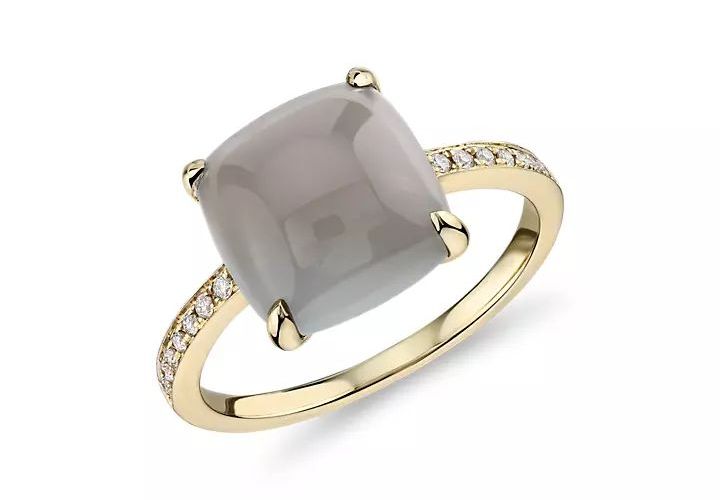
How Do Gemstones Compare to Diamonds?
How do various gemstones compare to the traditional diamond? We’ve created these helpful resources to give you all the information you need to pick the best center stone for your engagement ring.
Explore Education by Category
Gemstone Buying Guide
Gemstone Characteristics
Gemstone Engagement Ring Guide
Gemstones vs Diamond Engagement Rings
Gemstone Meaning
Pearl Buying Guide
Birthstones
Care and Cleaning
Diamond Education and Guidance
Jewelry Education
Ring Education
Only at Blue Nile
When it comes to celebrations we strive to make your experience as
brilliant as our jewelry with the perfect pieces for every occasion.
Meet our personal jewelers, explore bestselling styles, pick up an online order, arrange to preview something from our online collection and so much more.
Book a fun and interactive appointment with a diamond expert and get up-close views of diamond and jewelery options from the comfort of your own home.
Amazing Value
The highest-quality design at a great price.
Peace of Mind
30-day returns, diamond price-match guarantee and more.
Expert Guidance
The original online jeweler since 1999.
Inspiring Assortment
The perfect pieces for every occasion.
